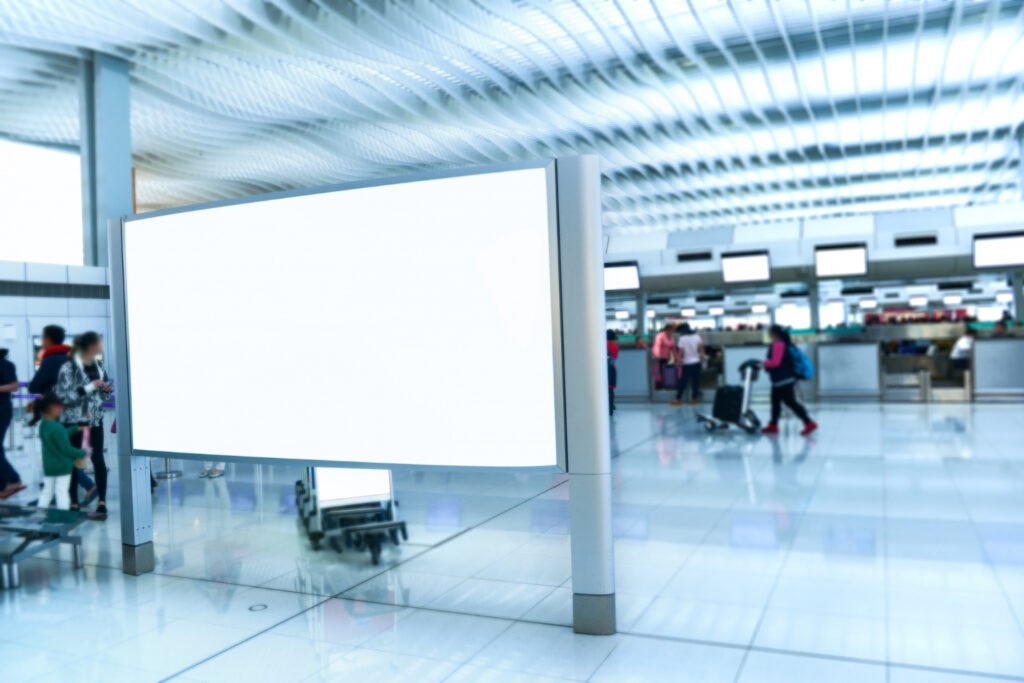When it comes to purchasing a new TV or monitor, one of the most important decisions is choosing between a flat LED display and a curved LED display. Both options offer distinct advantages and cater to different preferences and use cases. While the curved design has become more popular in recent years, flat screens still dominate the market in many sectors. If you’re unsure which one to choose, don’t worry—this guide will break down the pros and cons of each type to help you make an informed decision.
What Are Flat LED Displays?
Flat LED displays are the traditional form of screen design. These displays have a flat panel with the LED (Light Emitting Diode) technology, offering clear, sharp, and bright images. Flat LED screens are available in various sizes, from small desktop monitors to large televisions. Over time, flat LED technology has evolved, offering improvements in picture quality, color accuracy, and resolution. Additionally, flat screens are typically slimmer and more lightweight than older CRT (Cathode Ray Tube) televisions, making them easy to mount and place in any room.
What Are Curved LED Displays?
Curved LED displays, as the name suggests, feature a slight curve along the edges of the screen. This curvature is designed to create a more immersive viewing experience by bringing the edges of the screen into the viewer’s peripheral vision. The aim is to provide a panoramic effect that enhances depth and visual engagement. Curved LED technology is built on the same principles as flat LED screens, using LED backlighting, but the screen’s design adds an extra layer of visual appeal and functionality. These screens are most common in larger sizes (e.g., 55-inch or more) and are popular among gamers and home theater enthusiasts.
Flat LED vs. Curved LED: Key Differences
1. Immersion and Viewing Experience
One of the main reasons people gravitate toward curved LED displays is the immersive experience they offer. The curvature helps simulate a more natural and enveloping view, particularly when seated directly in front of the screen. This can be especially noticeable in large-format TVs or gaming monitors. The curve draws the edges of the screen into the viewer’s peripheral vision, making the image feel more expansive and dynamic.
In contrast, flat LED screens may offer less immersion, particularly on larger screens, as the edges of the screen are not naturally drawn into your peripheral vision. However, many users find that flat screens are adequate for everyday use, whether watching TV, working, or gaming, especially in rooms where the viewer isn’t sitting directly in front of the screen.
2. Viewing Angle
Viewing angles are another significant factor when choosing between flat and curved displays. Flat LED screens offer consistent viewing angles, meaning you can watch from virtually any position in the room without noticing a decrease in image quality. This makes flat screens ideal for living rooms and spaces where multiple people might be viewing the screen from different angles.
On the other hand, curved LED displays are designed to perform best when viewed from a central position. While they offer a more engaging experience from the ideal viewing angle, side angles can sometimes distort the picture. The curvature can cause image warping, especially when watching the screen from a sharp angle. As a result, curved screens are better suited to situations where a single person is primarily viewing the content, such as a gaming setup or a dedicated home theater.
3. Size and Space Considerations
The size and space requirements for flat and curved LED displays can vary. Flat screens are available in a wide range of sizes, from compact 24-inch monitors to massive 80-inch+ televisions. Due to their flat design, they are also easier to place against a wall, and they fit in a variety of setups, whether mounted or placed on furniture.
Curved LED displays, particularly those in the larger range (55 inches and beyond), often require more space due to their size and the fact that the curve demands a proper viewing distance to enjoy the immersive experience. While the curve can work well in large rooms, it might not be ideal for smaller spaces, where the angle of curvature can create visual distortion if you’re too close.
4. Picture Quality
Both flat and curved LED displays offer impressive picture quality, but the overall experience can differ. Flat screens provide great viewing experiences for the average user with their high-resolution images and color accuracy. The quality of flat displays has been enhanced over the years with 4K and 8K resolutions, HDR (High Dynamic Range) support, and improved color accuracy, making them a great choice for most content types.
Curved LED displays, on the other hand, aim to enhance the viewing experience with a wider field of view and more depth, which can help improve the sense of realism and detail in images. However, this advantage is most notable on larger screens. The distortion at extreme angles can sometimes affect picture clarity on curved displays, especially in smaller curved screens where the curvature isn’t as pronounced. Nevertheless, for those who enjoy immersive movie watching or gaming, a curved display can bring a sense of depth that a flat screen might not replicate.
5. Aesthetics
When it comes to design, both flat and curved LED displays offer sleek, modern aesthetics. Flat LED screens tend to be slim, lightweight, and versatile in terms of room setup. They blend well into most living spaces or offices and are easier to mount on walls.
On the other hand, curved displays tend to look more striking and futuristic. The curve adds a unique visual appeal that may fit well with a modern, high-tech living room or gaming area. The curvature itself creates a sense of flow, as the edges are gently turned towards the viewer, creating a more sculpted and dynamic appearance.
6. Price Comparison
When comparing costs, flat LED displays generally offer a more affordable option, particularly for mid-range and small to medium-sized screens. As flat LED technology has been around longer, the cost has decreased, making it easier to find budget-friendly models. Moreover, the range of sizes and features makes it easier to find a flat screen that fits most budgets.
Curved LED displays, being a more recent development, are typically more expensive, especially in larger sizes. The technology and design elements required to create the curvature add to the overall cost. While curved displays are becoming more mainstream, they still carry a premium price tag compared to their flat counterparts.
Which One Should You Choose?
Ultimately, choosing between a flat and curved LED display depends on your personal preferences, usage habits, and room setup.
- Choose a flat LED display if:
- You need a screen for a multi-viewer setup, such as in a living room where several people will be watching at once.
- You want a more affordable option without sacrificing quality.
- You’re looking for a space-saving solution or need to place your TV against the wall in a small room.
- You prefer consistent picture quality from a range of angles.
- Choose a curved LED display if:
- You want a more immersive viewing experience with better depth and engagement.
- You have a larger room and can view the screen from a more central position.
- You’re a gamer or cinephile looking for a screen that enhances your entertainment experience.
- You like the aesthetic appeal of a more dynamic, futuristic design.
Conclusion
Both flat and curved LED displays have their merits, and the right choice for you will depend on how you plan to use the screen and what you value most—whether it’s immersive viewing, picture clarity from all angles, or budget considerations. If you’re looking for versatility and a more affordable option, flat LED screens are a solid choice. However, if you’re looking to elevate your viewing experience with a more premium, immersive design and have the space to accommodate it, a curved LED display could be the perfect fit. Uniq Digital, one of the best LED display providers in Dubai, can help you choose the ideal display that aligns with your needs and preferences, ensuring you get the most out of your investment.


